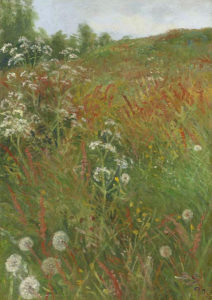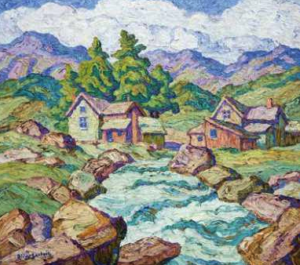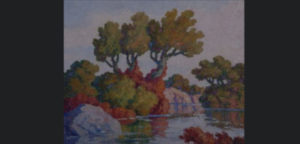
1871 - 1954
Sven Birger Sandzén
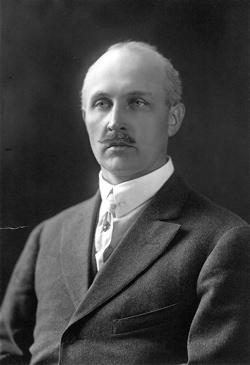
description
An American Post-impressionist painter of Swedish origin, Birger Sandzen is known as a talented landscape painter and graphic artist depicting the natural beauty of the American South-West.
The father of the future artist was a priest, played the violin and wrote poetry; his mother studied drawing.
In the creative heritage of the author, there are more than 30 thousand works made in the technique of oil painting, watercolors, lithographs, engravings and print. The artist was an active public figure: he organized the annual art exhibition of Midwestern art in Lindsborg and the Smokey Hill Art Club. He was a member of several influential art communities. The artist was awarded the prestigious Order of the Northern Star in his homeland and was an honorary doctor of the Midland Lutheran College, the University of Nebraska and Kanza State University. As a tribute to the contribution of Sandzen to the life of the Bethany College, founded by Swedish immigrants, the Birger Sandzen Memorial Gallery was created at the school.
Key ideas:
– Sven Birger Sandzen occupies an important place in American art. He was even called the “American Van Gogh” for the bold colors of his works and their innovative essence. He was recognized as the best landscape painter of the southern United States; works of the artist evolved from pointillism to an individual bold and relaxed style with masses of colors, akin to what Vincent Van Gogh and Paul Cezanne painted.
– During his career, Sandzen preferred painting landscapes of Kansas — especially riverbanks, rocky pastures and houses of the locals. Massive rock formations of Colorado and the South-West always amazed the painter’s imaginations and inspired him to create numerous images.
– The artist painted portraits and still-lifes more rarely; though, they also were among his works.
– B. Sandzen applied the painting technique “impasto” – a thick, dense overlay of paints using large strokes. This painting method makes paintings more relief and vivid.
– The artist painted with bright and open colors, skillfully combining contrasting shades on the canvas and creating juicy and fresh landscapes. Art lovers and critics admired this style; some of them even called Sandzen’s canvases “sensational”. The artist himself answered, “These are just the investigations of nature. I s
1871
1881
1890
1894
1899
1900
1913
1915
1930 - 1950
1954
The birth of the artist
Entered an elementary school in Skara
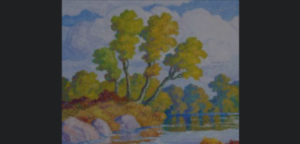
Entered Lund University
Entered Lund University, Sweden, where he studied French language and aesthetics. However, the next year he entered the class of Anders Zorn in Stockholm, studied painting and created his first paintings.
He went to Paris

Organized the first Annual exhibition of Sweden and American art in the USA

Married Alfreda MacPherson
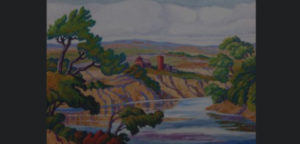
Organized the Smoky Hill Art Club at Bethany College
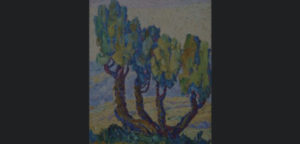
Participated in several exhibitions
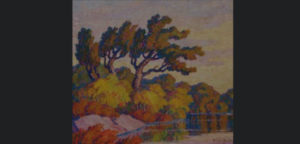
Took part in social activities
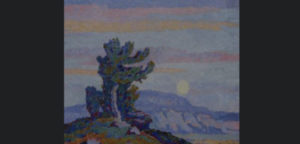
The death
